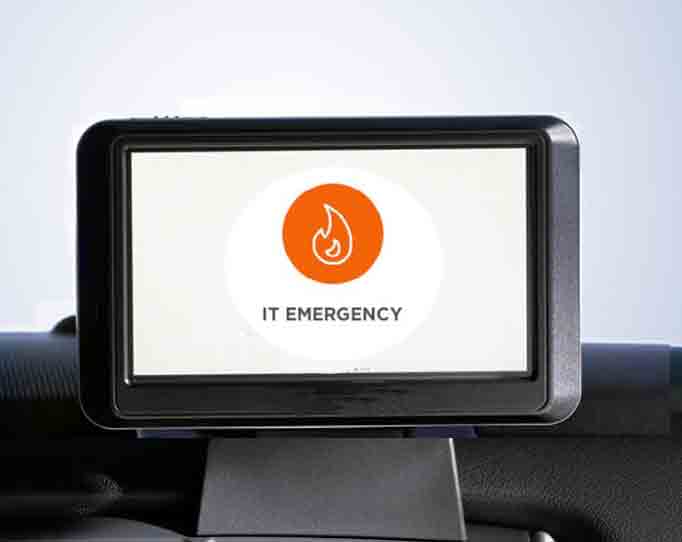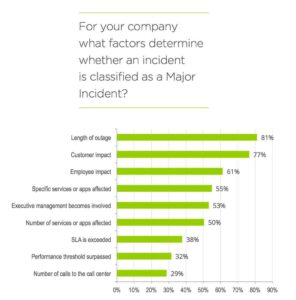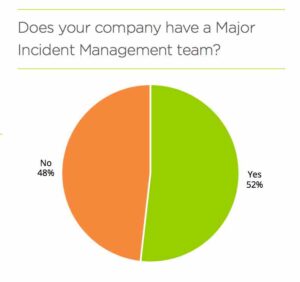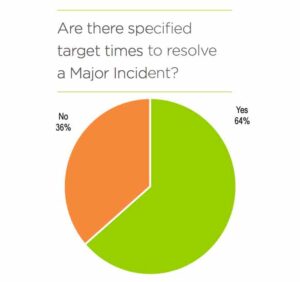Major Incident Survey Says Navigation Is Preparation

In our family, we try to take a road trip every year or two. We live in California, and our family car (which has 211,000 miles) has been in Nevada, Utah, Wyoming, South Dakota, Idaho, Oregon, and Arizona.
One of the things we like about road trips is the freedom to start and stop, go off schedule, and appreciate the journey as well as the destination. If we arrive at our hotel a couple hours later than expected, who cares?
But the rules are different if you’re going to catch a flight, interview for a job, or meet your spouse for an anniversary dinner. Then arrival time is everything, and following directions is critical.
I thought about this when we got results from a survey about how organizations prepare for and manage major IT incidents.
Preparation Is Everything
Really, it all comes down to preparation. It all comes down to the first few minutes of the trip. You have the route mapped on the way to airport, or you have to map it while driving.
When you have a business disruption or service degradation, restoring service as soon as possible is essential. You follow processes from the start because trying to figure it out on the fly is certain disaster.
We learned some interesting things about what happens in the opening minutes after a major incident is discovered.
Is it a major incident? Some criteria can be determined early on, like exceeding system performance thresholds or specific services or apps affected.
But 81% agree that length of an outage is a determining factor and 38% say exceeding SLAs is a factor. Those, of course, cannot be determined until later.

What factors determine whether an incident is classified as a major incident?
Who do you contact first? About half of IT departments might not have a clear answer because they don’t have a major incident team. To be fair, different organizations have different processes, and some choose to not have a major incident team for legitimate reasons. Even fewer have employees dedicated to major incident management as a full-time role.

Does your company have a Major Incident Management team?

How many team members have Major Incident Management as a full-time role?
How much time do you have? Nearly 2/3 of organizations know how much time they have to restore service. The other 36% don’t have a restoration target times.

Are there specified target times to resolve a Major Incident?
The Lesson
If there’s a lesson, it might be to keep the directions in the car at all times. In other words, be prepared. We’ll explore the consequences of not being prepared and break down the results further in future posts.
